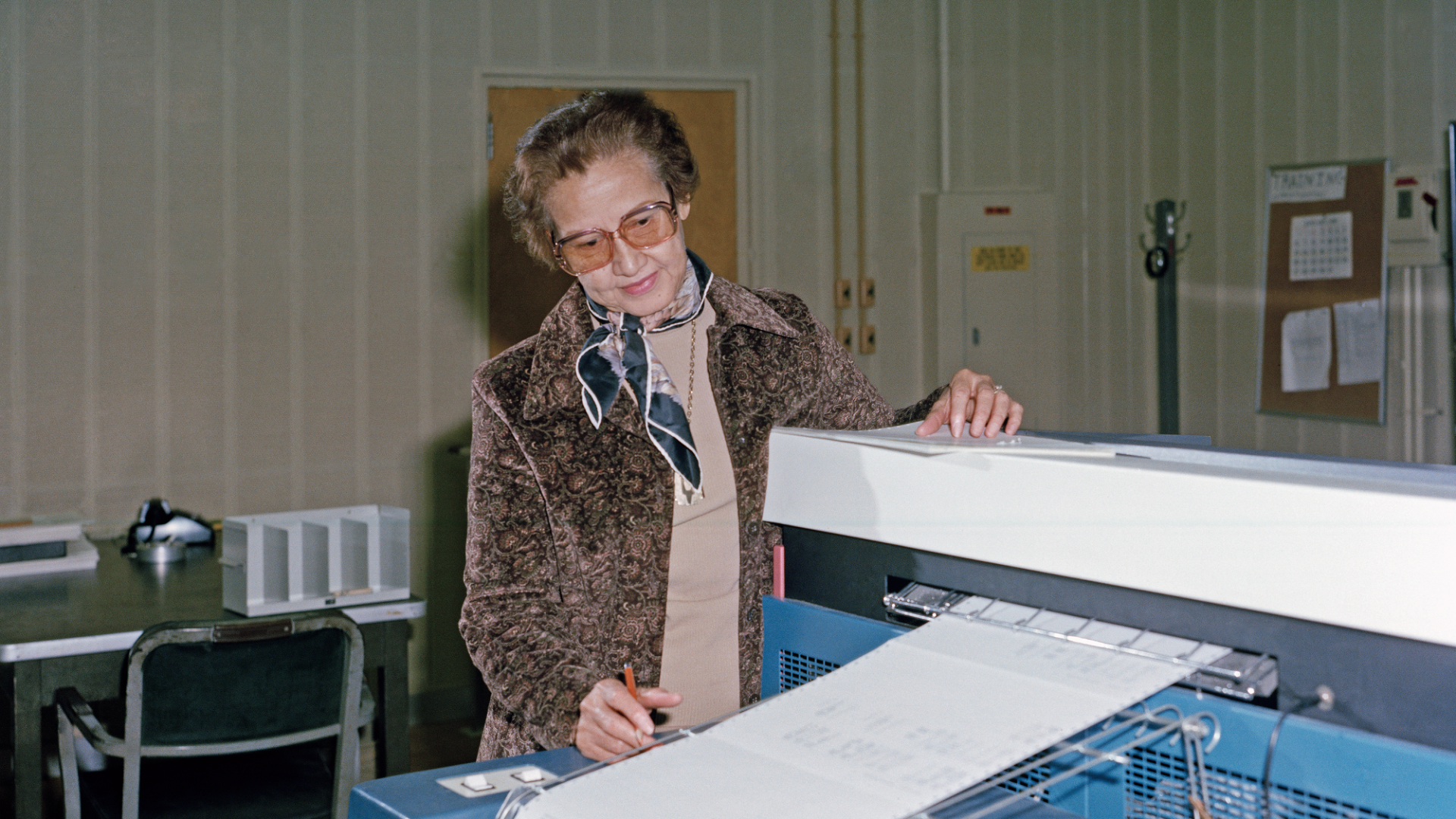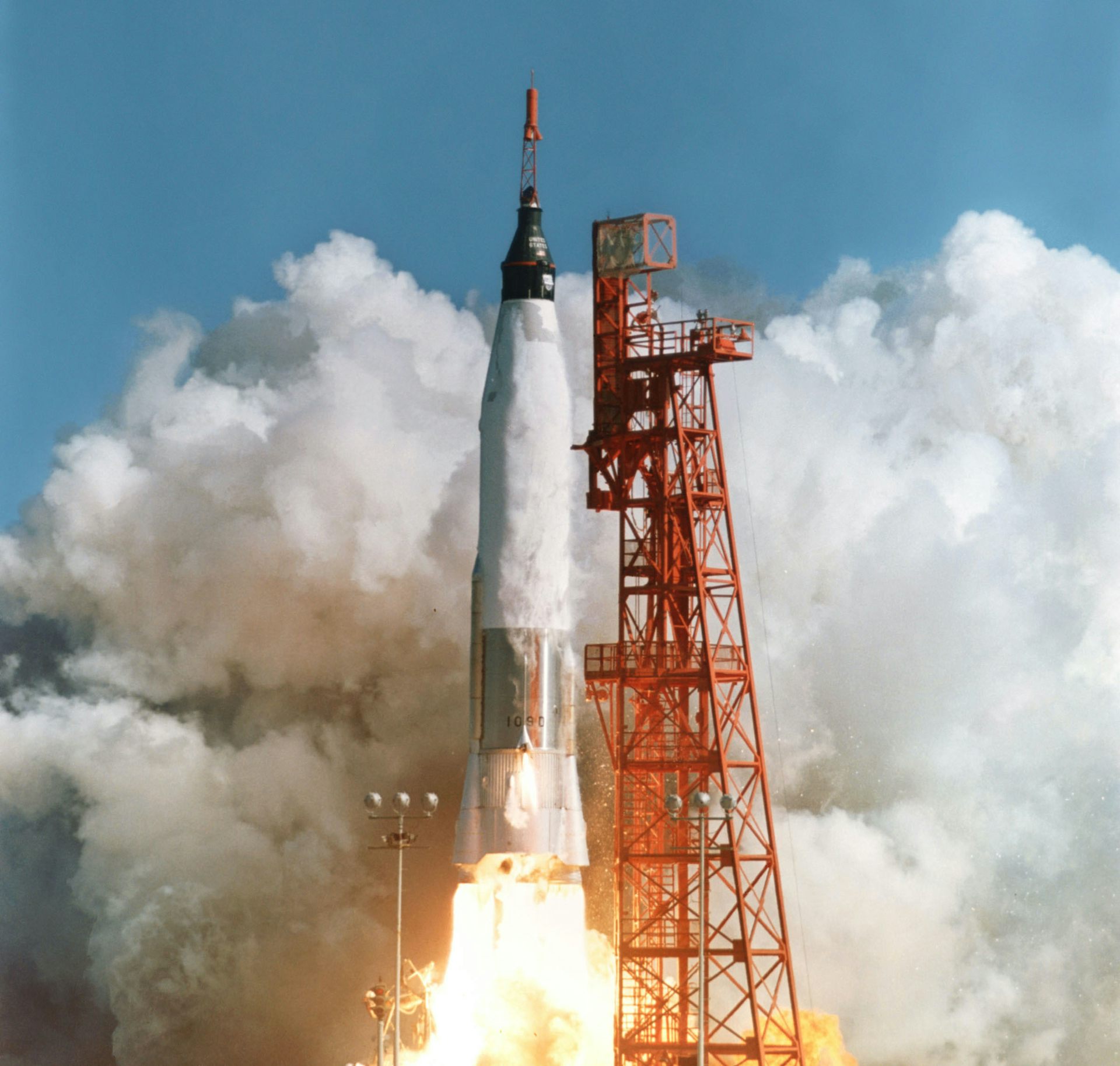

Computers were so new that even people at NASA were skeptical of them, and Glenn requested that Johnson personally confirm the computer calculations before his trip three times around Earth.Ī day and a half later, she proved the computer right. Johnson’s work was held in such high regard in its time that Glenn was aware of it. That changed, thanks to “Hidden Figures,” a best-selling novel later turned into an Oscar-nominated movie.Ī pivotal scene in the film features Glenn. But her work – and that of the “Computer Pool” – barely earned a mention in pop culture space tributes. Today, retired mathematician Katherine Johnson makes her 100th trip around the Sun as she celebrates her birthday! Send her birthday wishes using #Happy100Katherine & learn about her calculations that launched to space 🚀: /DVvVYnrupe- NASA August 26, 2018 As Johnson told a PBS interviewer in 2011, 'It was intricate, but it was possible.Katherine Johnson, the woman who hand-calculated the trajectory for America’s first trip to space, turns 100 today.īefore the arrival of electronic data processors, aka, computers in the 1960s, humans – mainly women – comprised the workforce at NASA known as the “ Computer Pool.”īlack women, especially, played a crucial role in the pool, providing mathematical data for NASA’s first successful space missions, including Alan Shepherd’s 1961 mission and John Glenn’s pioneering orbital spaceflight. "These missions are not unlike trying to hit a rotating bull’s-eye with a dart while jumping off a carousel, the dart being the astronaut, the Earth the spinning carousel, and the bull’s eye a spot on the moon. Gruber’s basic task remains essentially the same as Johnson’s was in 1962: to calculate the speed, acceleration, and direction required to lob a spacecraft of certain size and fuel capacity to hit a moving target, without a lot of room for extra maneuvering. Gruber plans trajectories for Artemis, just as Johnson did for the first lunar landing. "At NASA Johnson Space Center in Houston, Gruber works on the Artemis mission, which plans to send the first woman and the next man to the moon in 2024. 'She had a big contribution to trajectory design in general,' says NASA aerospace engineer Jenny Gruber. Her work forms part of the mathematical foundation of NASA’s missions today.
KATHERINE JOHNSON NASA MISSIONS MOVIE
But Johnson’s contributions to spaceflight extend beyond such historic moments, several of which are dramatized in the 2016 movie Hidden Figures. "The retired NASA mathematician, who died Monday at the age of 101, calculated the trajectories of the agency’s first space missions, including John Glenn’s 1962 spaceflight in which he became the first American to orbit the planet, and the first moon landing in 1969. Her math continues to carve out new paths for spacecraft navigating our solar system, as NASA engineers use evolved versions of her equations that will execute missions to the moon and beyond.

Wired: " Katherine Johnson’s Math Will Steer NASA Back to the Moon" - "Katherine Johnson blazed trails, not just as a black female mathematician during the Cold War, but by mapping literal paths through outer space. "The next year, she likewise helped make it possible for John Glenn, in the Mercury vessel Friendship 7, to become the first American to orbit the Earth." Shepard Jr., who became the first American in space when his Mercury spacecraft went aloft in 1961. Her impeccable calculations had already helped plot the successful flight of Alan B. "A single error, she well knew, could have dire consequences for craft and crew. Johnson, who died at 101 on Monday at a retirement home in Newport News, Va., calculated the precise trajectories that would let Apollo 11 land on the moon in 1969 and, after Neil Armstrong’s history-making moonwalk, let it return to Earth. "Wielding little more than a pencil, a slide rule and one of the finest mathematical minds in the country, Mrs. The New York Times: " Katherine Johnson Dies at 101 Mathematician Broke Barriers at NASA" - "They asked Katherine Johnson for the moon, and she gave it to them. For information, address HarperCollins Publishers. No part of this book may be used or reproduced in any manner whatsoever without written permission except in the case of brief quotations embodied in critical articles and reviews. Copyright © 2016 by Margot Lee Shetterly.


 0 kommentar(er)
0 kommentar(er)
